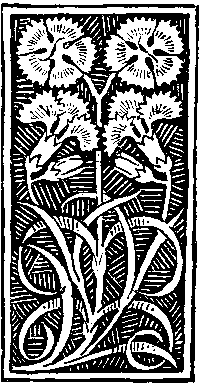Viral Monsters:
Frankenstein’s Creatures in TV Series and Neo-Victorian ‘Contagious’ Re-Writings of the Canon
DOI:
https://doi.org/10.5281/nvs.v15i2.392Keywords:
adaptation, contagion, frankenstein, The Frankenstein Chronicles, Gothic, monstrosity, neo-Victorian studies, Penny Dreadful, TV series, viropoliticsAbstract
Victorian fictional representations of infection tended to equate normalcy with a healthy state and compliance with the established order, categorising outcasts and non-compliant individuals as enemies of development and menaces to society. This article examines two televisual adaptations of Frankenstein’s creature, which interrogate the resulting conflations of non-normative characters with ‘carrier of contagion’ that precipitate cultural degeneration. In Penny Dreadful, during the outbreak of a near-apocalyptic infection, the reanimated John Clare disrupts his creator’s unethical scientific work of resuscitating corpses. In The Frankenstein Chronicles, the police officer John Marlott is infected with syphilis before becoming an ‘undead being’, while he investigates the moral corruption at the heart of an epidemic plaguing the poorest districts of London. Both ostracised ‘monsters’ decode the rotten mechanisms of society, exposing a body politic plagued by economic inequality and inhumanity through acts of (counter-cultural) viropolitical resistance. Subversively, the two neo-Victorian texts thus also metaphorically ‘contaminate’ the literary canon of horror fiction, refiguring ‘monsters’ as quasi-political activists.
Downloads
Published
Issue
Section
License
Copyright (c) 2025 Neo-Victorian Studies

This work is licensed under a Creative Commons Attribution-NonCommercial-NoDerivatives 4.0 International License.


